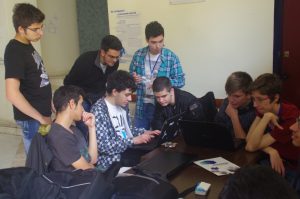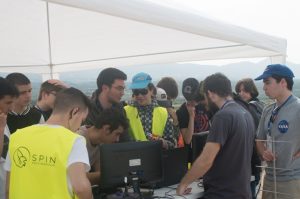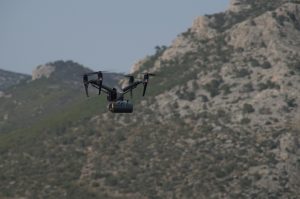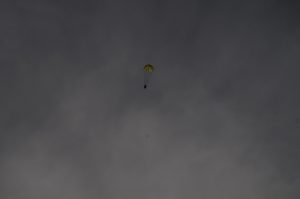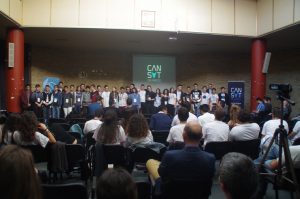For the second year, the student team of Evangeliki Model High School ?Polyclitus? got the second place in the space science competition CanSat In Greece.
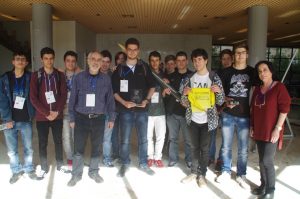
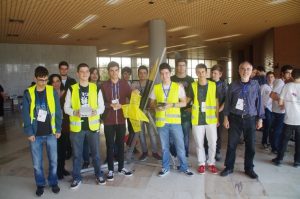
The students were awarded their prize by the Dean of the Electrical Engineering Department of the National Technical University of Athens, Professor Nektarios Kozyris.
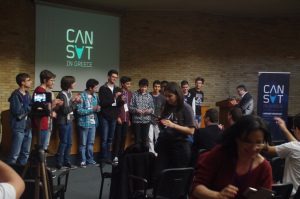
The team members were:
From A? Class: Margaritis Christos, Pipis Evangelos
From B? Class: Petropoulakis Michail, Raptopoulos Petros, Konidas Christos Aggelos, Papanikolopoulos Gerasimos, Tsakonas Georgios, Tsakonas Vasileios, Papadopoulos Panagiotis, Fokaidis ? Psyllas Athanasios, Soulantikas Georgios.
Team leader was the C? Class student Charilaos Pipis and supervising teachers Ms. Sofia Gourna and Mr. Christos Fanidis.
This is the second consecutive year that the competition CanSat In Greece was organised. Our last year?s team also got the 2nd place in the same Panhellenic competition for the school year 2016 ? 2017 (http://www.corallia.org/el/si-news/si-cluster-news/3804-cansat-in-greece.html).
This year?s team was selected among the 10 that finally participated (https://goo.gl/Rggimd) in the Panhellenic competition 2017 ? 2018 among 36 teams that applied on a national level. The selection was made according to the originality of the mission and the feasibility of its realisation in the framework of a student competition.
CanSat In Greece is the national preliminary competition for the participation in the corresponding European competition organised by ESA (European Space Agency).
CanSat is a space science competition, where the participating teams have to construct an original satellite in the size of a can. This satellite has to be launched at the height of 1000 metres and during its descent, it has to commit a mission that students design and realize on their own, along with a compulsory mission, determined by the organisers.
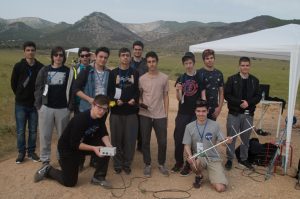
Both missions focused on data collection by using electronic sensors and their radio-transmission to the base station on the ground. Both the base station and the satellite are controlled by an Arduino microprocessor. The whole design and realization follows the modern teaching approach of STEM (Science Technology Engineering Mathematics).
For the final score, two intermediary controls through a Skype interview with the students, two construction reports and the critics? final score were taken into consideration.
We thank Abbott Hellas Laboratories, our school Parents and Custodians? Association and ?The Drag Store? company for the construction of the carbon fiber shield.
Here you can see some photographs of the whole project:
